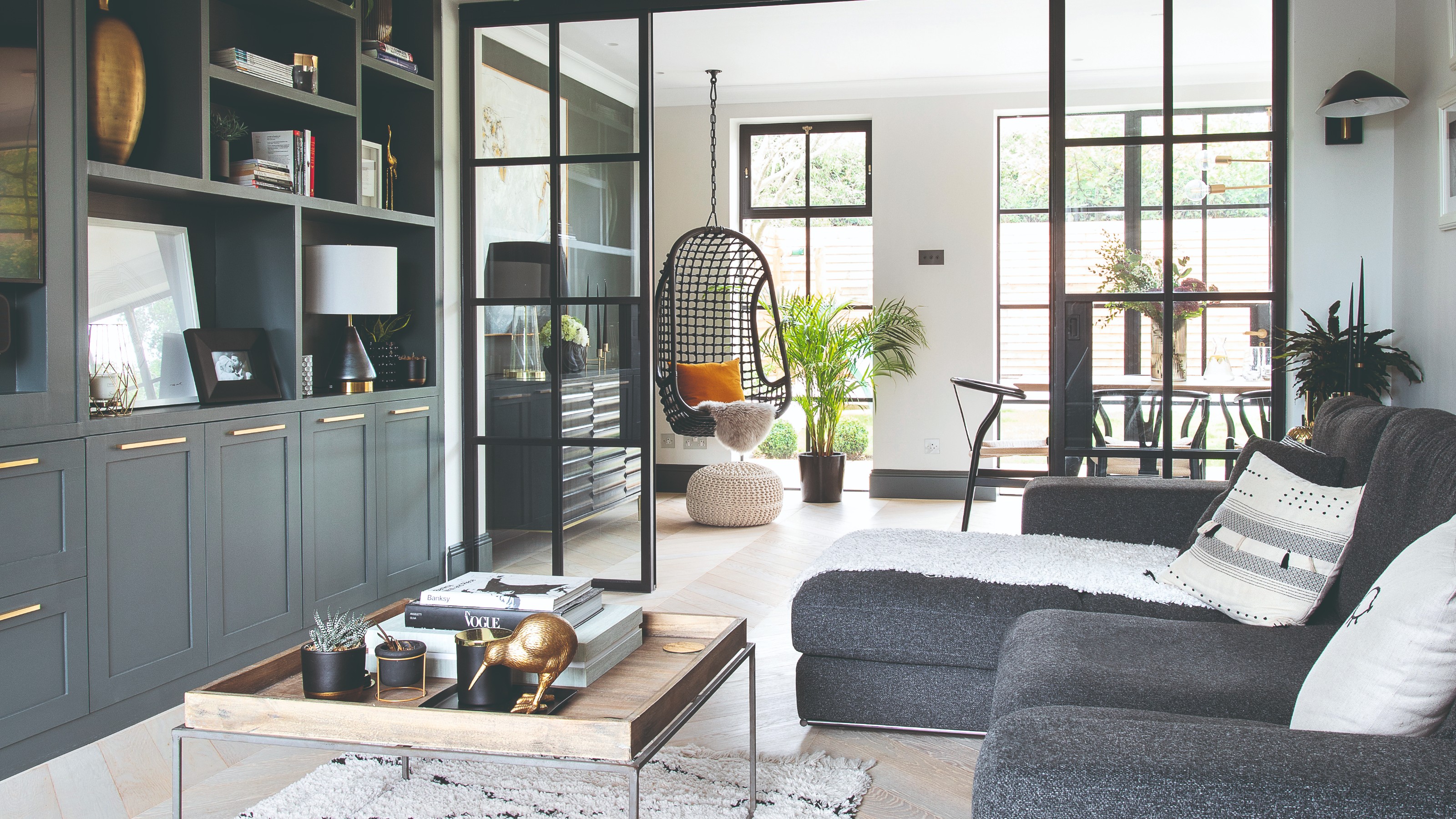Toronto agreed to buy a home to save a 250-year-old tree. Now, the seller wants a higher price
A legal battle is brewing between the City of Toronto and the owner of a 250-year-old heritage tree who is refusing to sell the property where it stands — the latest snag in a years-long community push to protect the famous red oak.
The city entered an agreement with the home’s owner, Ali Simaga, in December 2019 to purchase the North York house for $780,000 with certain conditions, including that the community raise $400,000 within a year to go toward the purchase and maintenance of the tree, according to a city court application filed in May.
The plan was to demolish the house and transform the property into a parkette to showcase the gigantic tree, the last remnant of the ancient oak forest that once spanned the area.
But that plan may be in jeopardy, with Simaga changing his mind about the agreement after watching house prices soar throughout the pandemic. He’s looking for the city to match the current market value of other homes in the area.
“I’m afraid I’m going to be homeless with my family with this price,” Simaga told CBC News.
He acknowledged they currently don’t live in the house, but rent it out, and own another house elsewhere in the city.

This spring, the city requested that the Ontario Superior Court of Justice order the purchase complete and put the property title in its name. The case will be heard in October.
Some 24 metres tall, five metres around and just a few metres from the house at 76 Coral Gable Dr., the red oak predates Confederation. Its branches stretch a dozen metres in each direction, and its thick roots dive deep underground.
Nearby resident Edith George has been advocating for a parkette featuring the tree for 15 years.
“She’s my cathedral because she’s a survivor,” George said of the tree.
“She’s just priceless.”
Donors raised community share
In late 2020, the city informed Simaga it was ready to complete the deal. More than 1,500 donors raised the community’s share of the money and council had voted for the city to pay for the rest, the city said in its filings with the court.
Then cracks appeared.
On Feb. 23, 2021, Simaga emailed the city to say he expected the sale price to reflect “the market price” of the property, which by his estimate had increased by $120,000 to $900,000.
Since then he’s refused to move forward with the sale, the city said in its application.

Simaga told CBC News in a phone interview that he originally entered the agreement with the city so that “everybody could enjoy this tree instead of it being in my backyard. We love it more than anyone else.”
But he now says he’s afraid if he sells at the agreed upon $780,000, it will be next to impossible to afford to buy a home for his wife and six children.
He originally purchased the property for $520,000 in 2015, according to court documents.
Tree could lower house value
A real estate agent representing Simaga in 2018 previously said the roots had snaked under and damaged the house’s foundation, dinging off at least $60,000 in value.
Broker Philip Kocov, a managing partner at iPro Realty, hasn’t inspected the house and doesn’t know the condition of the tree’s roots, but told CBC News it would be a complicating factor when selling.
“It would be hard to think that a tree that large, that close to the house would not be impacting it,” Kocov said. “I do think it would have an impact on value.”
Based on what other houses were selling for in 2019 in that neighbourhood, $780,000 was a fair price, he said. Since then, prices have increased about 20 per cent, and similar homes (without famous heritage trees) are selling for upwards of $1 million, meaning Simaga’s new price of $900,000 could be realistic.
Simaga told CBC News if he sold the house on the market, he’s confident he’d get around $1 million, and is not concerned about its structural integrity.
Previous owners “have taken all the precautions to build this house so that the tree would not damage it,” he said.
But Simaga had agreed to the longer timeline to complete the deal (more than a year as opposed to the usual couple of months to close), according to the court documents.
“If he knew that, then it does seem unfair to come back now and want to change the terms of the agreement,” said Kocov.
City remains committed to parkette
Carolyn King, a former chief of the Mississaugas of the Credit First Nation, was a force behind the community’s fundraising efforts to save what she calls the “magnificent” red oak where her ancestors once travelled along the Carrying-Place Trail.
Preserving the tree is a way to recognize that the Toronto area was the First Nation’s home base for thousands of years, said King.
“That people will sell out our history, the city’s history and their own history just to get more money in their pocket is more than unfortunate.”
For its part, the city said in an email it is committed to protecting the red oak because of its size, age, beauty and cultural significance.
It also said it remains committed to the parkette. Once the deal closes, it will demolish the house, finalize the park plan with community input and begin construction after the budget is approved in 2022.








